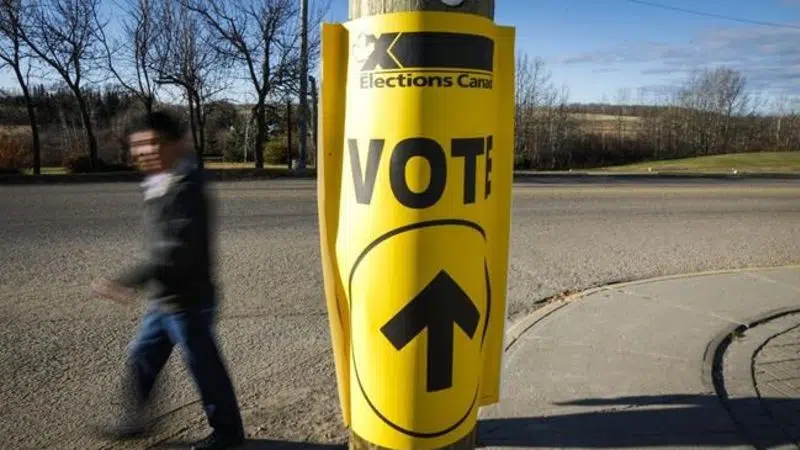
Feds spent $17.7 million on advertising in lead up to election moratorium
OTTAWA — Newly released figures show the federal government set aside nearly $17.7 million on public awareness campaigns between April and June just ahead of a mandatory blackout on government advertising in the lead up to the fall campaign.
The spending through the first three months of the federal fiscal year marks an increase of nearly 21 per cent compared to the same stretch in 2018 to pay for various government advertising.
The federal government had until June 30 to get any ad buys out of the way under new rules the Liberals introduced to create a moratorium on advertising until after the votes are counted.
Instead, Canadians can expect an onslaught of political advertising this fall as parties compete for their their votes by loading their television screens and social media feeds with promises and partisan attacks.


